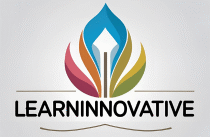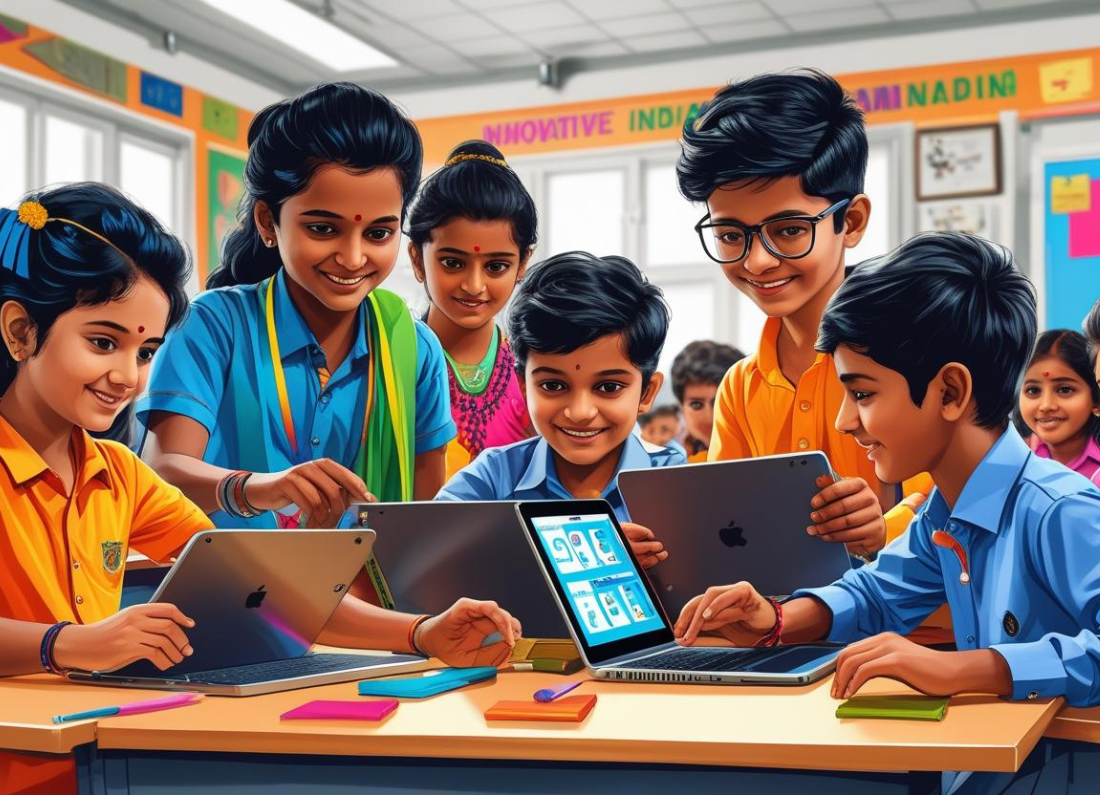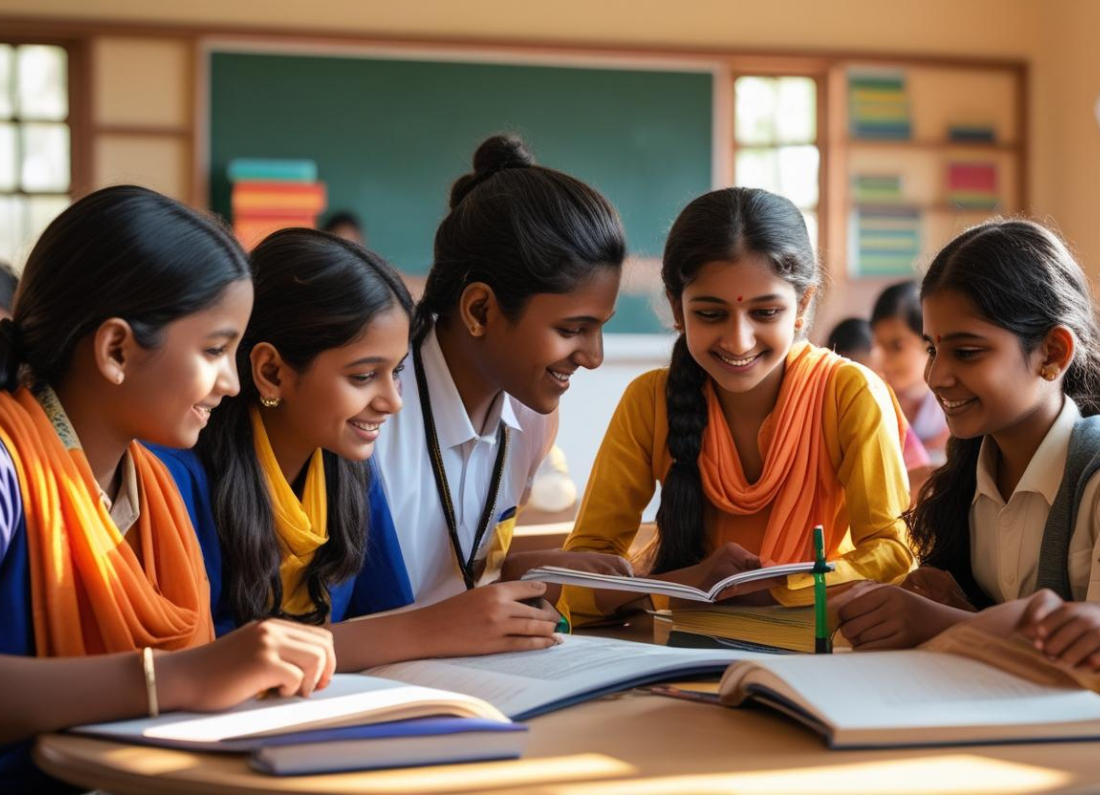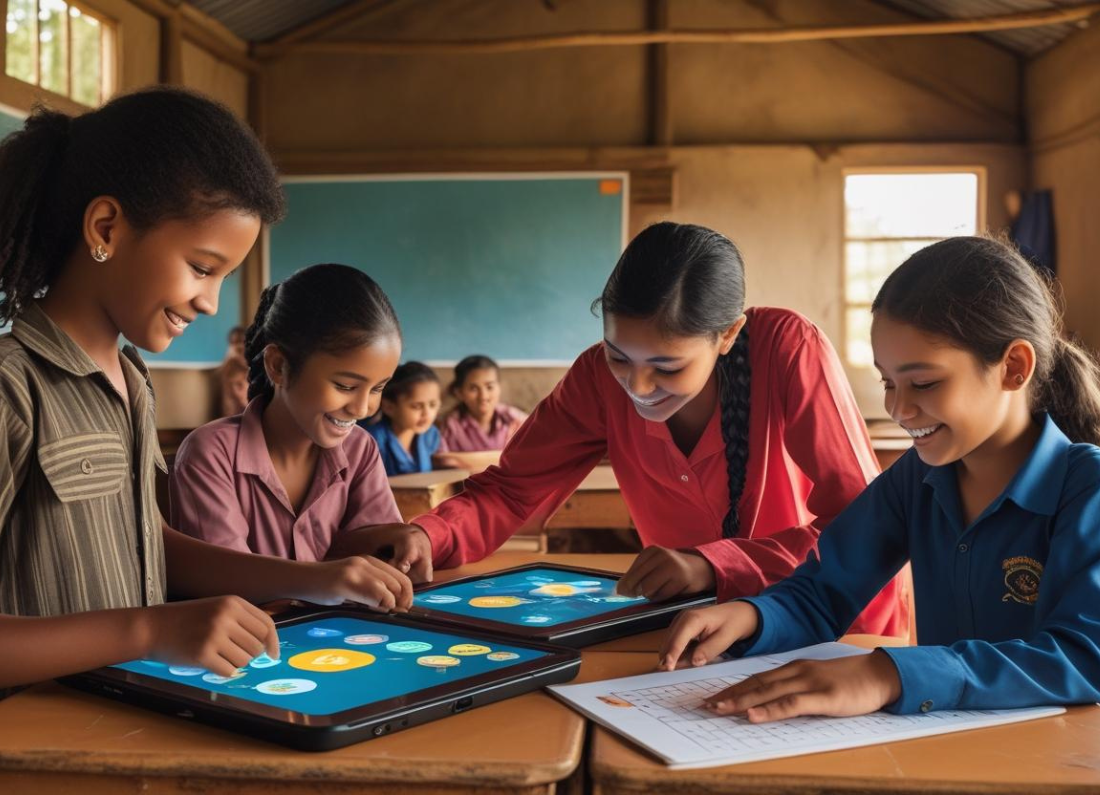India is undergoing a silent revolution in how it educates its population. As the world’s largest education system—with over 260 million school students and millions more in higher education—the country is seeing a surge in EdTech innovation. Startups and government initiatives alike are using technology to solve deeply rooted educational challenges, from lack of access to outdated pedagogy.
In this article, we explore some of the most innovative EdTech tools in India, their real-world impact, and why they matter in the current education landscape.
🌍 Why India Needs Innovative EdTech
India’s education challenges are massive and multifaceted:
- Teacher shortages, especially in rural areas
- Outdated curricula and rote-learning models
- Lack of personalized learning
- Inadequate digital infrastructure in Tier 2 and Tier 3 cities
EdTech tools have emerged not just to digitize education, but to personalize, gamify, and scale learning for millions.
🚀 Top Innovative EdTech Tools in India
1. BYJU’S – AI-Powered Personalized Learning
One of the global leaders in EdTech, BYJU’S leverages AI and adaptive learning to tailor lessons to each student’s pace and ability. Through real-time progress tracking, students are presented with content that matches their learning level.
Innovative Features:
- Interactive video content
- Personalized learning journeys
- In-app gamification
Impact: Over 150 million users, with strong adoption in Tier 2/3 cities.
2. Vedantu – Live Learning with AI Assistance
Vedantu offers real-time, interactive classes with AI-based performance analytics for K-12 students. Its WAVE platform (Whiteboard Audio Video Environment) ensures high-quality classroom engagement at scale.
Innovative Features:
- AI teacher assistance tools
- Real-time doubt solving
- Gamified quizzes and leaderboard systems
Impact: Enables affordable, high-engagement tutoring at home.
3. MindCraft – AI for Rural Learning
MindCraft is a newer but impactful platform focused on bringing AI-powered personalized learning to underserved students in rural India.
Innovative Features:
- Multilingual, low-bandwidth app
- Adaptive tests and gamified modules
- Performance tracking with community-level insights
Impact: Field-tested in multiple rural regions, showing improved student performance by 30%.
4. LEAD School – Hybrid Education System
LEAD integrates online and offline learning to help affordable private schools deliver a high-quality education. It provides school kits, teacher training, and a tech-driven curriculum.
Innovative Features:
- Centralized dashboard for parents and teachers
- Data-driven insights on student progress
- AI-generated report cards
Impact: Partnered with 3,500+ schools across India.
5. Kutuki – India’s Homegrown Preschool Learning App
Designed for early learners, Kutuki offers vernacular language learning through rhymes, stories, and interactive lessons aligned with India’s NCERT guidelines.
Innovative Features:
- Available in multiple Indian languages
- Cultural context-based storytelling
- Built for children ages 3–7
Impact: Approved by the Government of India and selected for the Aatmanirbhar App Innovation Challenge.
6. Doubtnut – Visual Doubt Solving via AI
Doubtnut allows students to take a photo of a question and receive instant, step-by-step video explanations using AI and machine learning.
Innovative Features:
- Image recognition of handwritten questions
- Instant video answers in regional languages
- Covers IIT-JEE, NEET, and State Boards
Impact: Particularly popular among aspirants in smaller towns.
7. Teachmint – Teaching Infrastructure for Indian Educators
Rather than focusing solely on students, Teachmint empowers teachers and coaching centers to go digital with ease.
Innovative Features:
- App-based classroom creation
- Attendance automation and fee tracking
- Live class and recorded session features
Impact: Used by 10+ lakh educators across India in 20+ languages.
8. Toppr – Adaptive Practice Engine for Competitive Exams
Toppr uses a machine learning-based adaptive engine to help students prepare for entrance exams like IIT-JEE, NEET, and more. It continuously adjusts difficulty levels based on performance.
Innovative Features:
- AI-generated test series
- Personalized learning paths
- Real-time feedback for weak topics
Impact: Trusted by over 13 million users nationwide.
🏫 Government-Supported Digital Tools
India’s Ministry of Education is also investing in digital transformation:
DIKSHA (Digital Infrastructure for Knowledge Sharing)
- Hosts curriculum-linked e-content in multiple Indian languages
- Offers teacher training modules
- Accessible via app, desktop, or QR codes in textbooks
Reach: Over 20 crore students and teachers across 35 states/UTs.
SWAYAM (Study Webs of Active–Learning for Young Aspiring Minds)
- Offers free online courses by IITs, IIMs, and NPTEL
- Covers high school, undergrad, and postgrad levels
- Provides certificates for career advancement
Unique Value: Democratizes higher education with free expert-led courses.
🎯 Key Trends Driving Indian EdTech Innovation
1. AI-Personalized Learning
AI tools adapt to the student’s learning curve and recommend targeted interventions, which is crucial in a diverse country like India.
2. Gamification
Platforms are using point systems, quizzes, and rewards to make learning fun and engaging.
3. Multilingual Content
To ensure accessibility, many EdTech platforms now support Hindi, Tamil, Telugu, Bengali, Marathi, and more.
4. Offline Access and Low Bandwidth Optimization
Several tools provide downloadable content or work seamlessly on 2G networks, ensuring inclusivity.
5. Focus on Teacher Empowerment
Instead of bypassing teachers, platforms like Teachmint and LEAD support them with infrastructure and analytics.
💡 Challenges That Still Remain
Despite impressive progress, some barriers remain:
- Digital divide: Unequal access to devices and internet
- Screen fatigue: Especially for younger children
- Need for localized pedagogy: One-size-fits-all approaches still persist
Innovators must continue to address access, equity, and contextual learning in their tools.
🧠 Final Thoughts
The future of Indian education is deeply tied to how well we integrate innovation with inclusivity. EdTech tools are not just about digitizing learning—they’re about personalizing and democratizing it for millions.
With a young population, increasing smartphone penetration, and a strong tech ecosystem, India is poised to become a global leader in educational innovation.
Whether you’re an educator, student, parent, or policymaker, staying informed about these tools will help you unlock the full potential of learning in 2025 and beyond.







Leave a Reply